Big Island Manta Ray Night Snorkel Guide
- Byron
- Aug 7
- 14 min read
Picture this: you're floating weightlessly in the calm, dark Pacific Ocean. Suddenly, a majestic manta ray with a wingspan stretching over 12 feet glides silently just beneath you. This is the pure magic of the Big Island manta ray night snorkel, an encounter that consistently tops the list of the world's greatest wildlife experiences. This guide is your complete playbook for planning this incredible adventure.
Your Guide to an Unforgettable Manta Encounter
We’ll dive into why Kona is the global hotspot for manta sightings and what makes this tour so incredibly unique. We're Manta Ray Night Snorkel Hawaii, and our entire mission is to help you prepare for a trip that is seamless and absolutely awe-inspiring. You can see what our past guests have said about their own experiences right here.
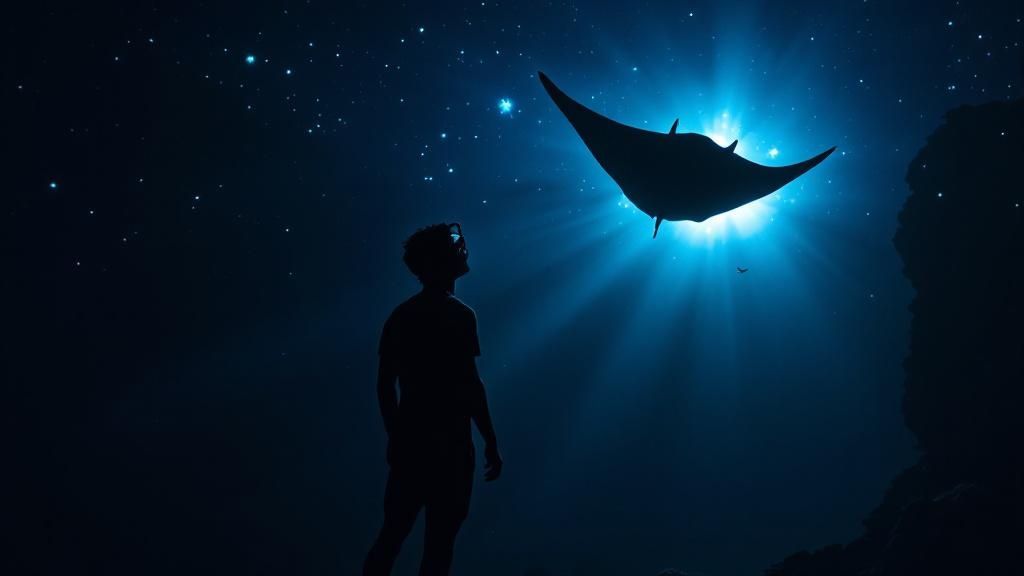
Why This Experience Is So Special
The Kona coast of the Big Island is world-famous for one big reason: it’s the best place on the planet to see manta rays in their natural habitat. The unique underwater volcanic landscape creates nutrient-rich waters teeming with plankton, which is the mantas' favorite meal. This means we have unbelievably high sighting success rates, making it both an ecological marvel and a cornerstone of the island's marine tourism.
This adventure is more than just spotting marine life; it’s about a peaceful, almost surreal connection with the ocean. You'll float on the surface, holding onto a specially designed light board. These powerful lights attract the plankton, which in turn draws the manta rays right up to you for their nightly feast.
It's often called an "underwater ballet." The mantas perform graceful somersaults and barrel rolls, sometimes coming within inches of you. It’s a completely passive way to watch them, ensuring a safe and respectful encounter for both you and these gentle giants.
When you're ready to check out the specific tours we offer, feel free to visit our homepage at Manta Ray Night Snorkel Hawaii.
Booking Your Adventure
Planning ahead is absolutely essential for securing your spot on this popular tour. Thousands of visitors are eager to witness this spectacle, so our tours fill up fast, especially during peak travel seasons. To get the full picture of the entire process, from booking to getting in the water, check out our ultimate guide for an unforgettable manta ray snorkel experience.
Booking your trip is simple and guarantees you won't miss out on this bucket-list adventure.
Why Kona is the World Capital for Manta Ray Encounters
So, what makes the Kona coast the absolute best place on Earth to see manta rays? It’s not just one thing—it’s a perfect storm of unique underwater geography, reliable manta behavior, and a community dedicated to responsible tourism. The Big Island manta ray night snorkel isn’t just another tour; it’s a world-famous phenomenon that depends on a very specific, and very special, natural setup.
The real secret sauce is the island's volcanic slopes. These underwater formations create currents that pull nutrient-rich water up from the deep, which in turn feeds a massive amount of microscopic plankton. This plankton is the main course for reef manta rays, and Kona’s coast essentially serves as a dependable, all-you-can-eat buffet.
Unlike so many other wildlife encounters that hinge on seasonal migrations and a whole lot of luck, the Kona mantas are here to stay. They're residents, and that stability is what makes the experience so consistent and magical night after night.
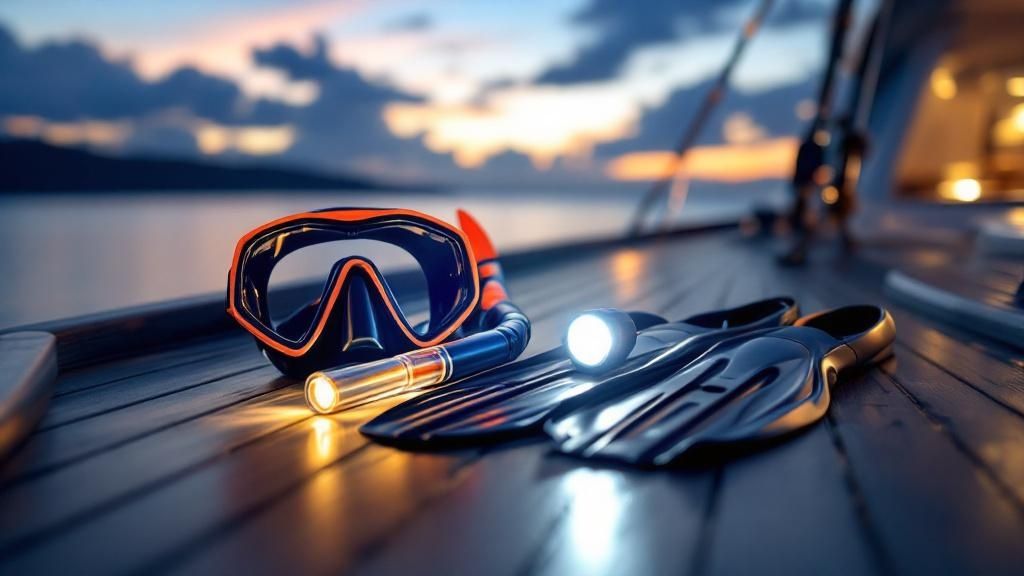
Comparing Kona's Premier Manta Hotspots
Along the Kona coast, two main spots have become famous for their nightly manta gatherings. Both offer incredible chances to see the mantas, but they cater to slightly different types of snorkelers.
Manta Village (Keauhou Bay)This spot is just south of Kailua-Kona, tucked into a more protected bay.
Conditions: The water here is usually calmer and not as deep, making it a fantastic pick for families with kids or anyone who isn't a super confident swimmer.
Accessibility: The boat ride from Keauhou Harbor is incredibly short—often just a few minutes. This is a huge plus if you’re worried about getting seasick.
Manta Heaven (near Kona Airport)Located north of town, this spot feels more like the open ocean.
Conditions: The water is deeper here, which can sometimes draw in even larger groups of manta rays.
Experience: It feels a bit wilder and more adventurous, perfect for those looking for a true open-water snorkel. Just know that the boat ride out to this site is generally longer.
Both sites work on the same simple, brilliant principle: tour boats shine powerful lights into the water. This light attracts a thick cloud of plankton, and the mantas show up for the easy meal. They glide, barrel-roll, and somersault through the beams of light to feed, putting on a show you'll never forget. To get a better feel for this, check out our article on what to expect during your manta ray night snorkeling experience.
A Healthy and Stable Population
What really backs up the success of the Big Island manta ray night snorkel is the health and stability of the local manta population. This isn't just a fleeting tourist trend. Long-term scientific studies show these encounters are a sustainable part of Kona's marine ecosystem.
Data collected over many years has confirmed the Kona population includes over 450 identified individuals, and on an average trip, snorkelers get to see about three mantas. This consistency leads to a sighting success rate of around 85-90% year-round, which is what truly solidifies Kona’s reputation as the world capital for manta ray encounters. These numbers have been vital for promoting conservation and good stewardship of our oceans.
This incredible reliability means your chances of having an absolutely breathtaking encounter are sky-high, no matter when you decide to visit.
How To Choose Your Manta Ray Snorkel Tour
Picking the right company for your Big Island manta ray night snorkel is probably the most critical decision you'll make for this adventure. The choice you make directly impacts your safety, your comfort, and how incredible your encounter with these gentle giants will be. It all comes down to finding an experience that fits what you're looking for, whether that's a cozy, small-group trip or the rock-solid stability of a bigger boat.
With so many companies running tours along the Kona coast, it's easy to feel a bit lost in the options. But if you focus on a few key things, you can quickly narrow down the field and find the perfect tour for you and your family or friends. This decision is about way more than just the price tag; it's about the kind of memory you want to create.
Comparing Big Island Manta Ray Tour Options
To help you sort through it all, let's break down the main differences you'll find between tour companies. This table compares the two most common setups so you can see what might be the best fit for your adventure.
Feature | Small Boat Tours (6-15 Passengers) | Large Boat Tours (20-50+ Passengers) | Key Consideration for You |
|---|---|---|---|
Atmosphere | Intimate and personal. More direct interaction with the crew. | More social and bustling. Feels like a bigger event. | Do you prefer a quiet, personal feel or a lively group atmosphere? |
Ride Comfort | Can be a bumpier ride, especially on zodiac-style boats. | Much smoother and more stable, ideal for those prone to seasickness. | How sensitive are you or your group to motion on the water? |
In-Water Experience | Less crowded around the light board. Feels more exclusive. | More people in the water, which can be exciting but also busy. | Do you want fewer people around you while you're watching the mantas? |
Amenities | Typically basic; may not have an onboard restroom. | Often includes restrooms, spacious decks, and sometimes snacks/drinks. | Are amenities like a restroom and extra space important to you? |
Ultimately, there's no single "best" option—it's about what's best for you. If you want a more personal, up-close feel and don't mind a bit of a bumpy ride, a small boat is fantastic. But if a smooth journey and more creature comforts are your priority, a larger vessel is the way to go.
Boat Size And Group Intimacy
The size of the boat really sets the tone for the entire trip. Each option comes with its own set of pros and cons that appeal to different people.
Small Boats (6-15 Passengers): These tours feel much more personal. With fewer people, the guides can give you more one-on-one attention. It’s also less crowded in the water, which can make for a more peaceful viewing experience. The downside? Smaller boats, especially the fast zodiac-style ones, feel the ocean swells more, so the ride out can be bumpy.
Large Boats (20-50+ Passengers): The big catamarans offer a much smoother, more stable ride—a huge plus if anyone in your group gets seasick. They also have more amenities, like roomy decks to spread out on and onboard restrooms. The trade-off is sharing the experience with a larger crowd, which means more snorkelers around the central light board.
Key Insight: Your choice really boils down to intimacy versus stability. If a personalized, less-crowded experience is your top priority, go with a smaller group. If you'd rather have a smooth ride and more space to move around, a larger boat is your best bet.
Trip Duration And Departure Times
Most manta ray tours last between 1.5 and 3 hours from start to finish. This covers the boat ride, safety briefings, and your time in the water, which is usually around 30 to 45 minutes. Trust me, that's plenty of time for an absolutely mind-blowing experience with the mantas.
Operators typically offer two departure times:
Sunset Tour: This is the first trip of the evening. You get the incredible bonus of watching a classic Hawaiian sunset from the boat on your way to the manta site. It's a hugely popular choice, especially for families who want to get back a bit earlier.
Twilight or "Starlight" Tour: This second trip leaves after the sun has already gone down. You miss the sunset, but you get to experience the pure magic of being out on the open ocean under a sky full of stars. It adds a whole different, serene vibe to the adventure.
If you want to dig deeper into choosing a great operator, check out our guide on the [best manta ray night snorkel tours in Kona](https://www.mantaraynightsnorkelhawaii.com/post/best-manta-ray-night-snorkel-kona-top-tours).
The infographic below gives you a snapshot of the manta rays you'll see, including their impressive size.
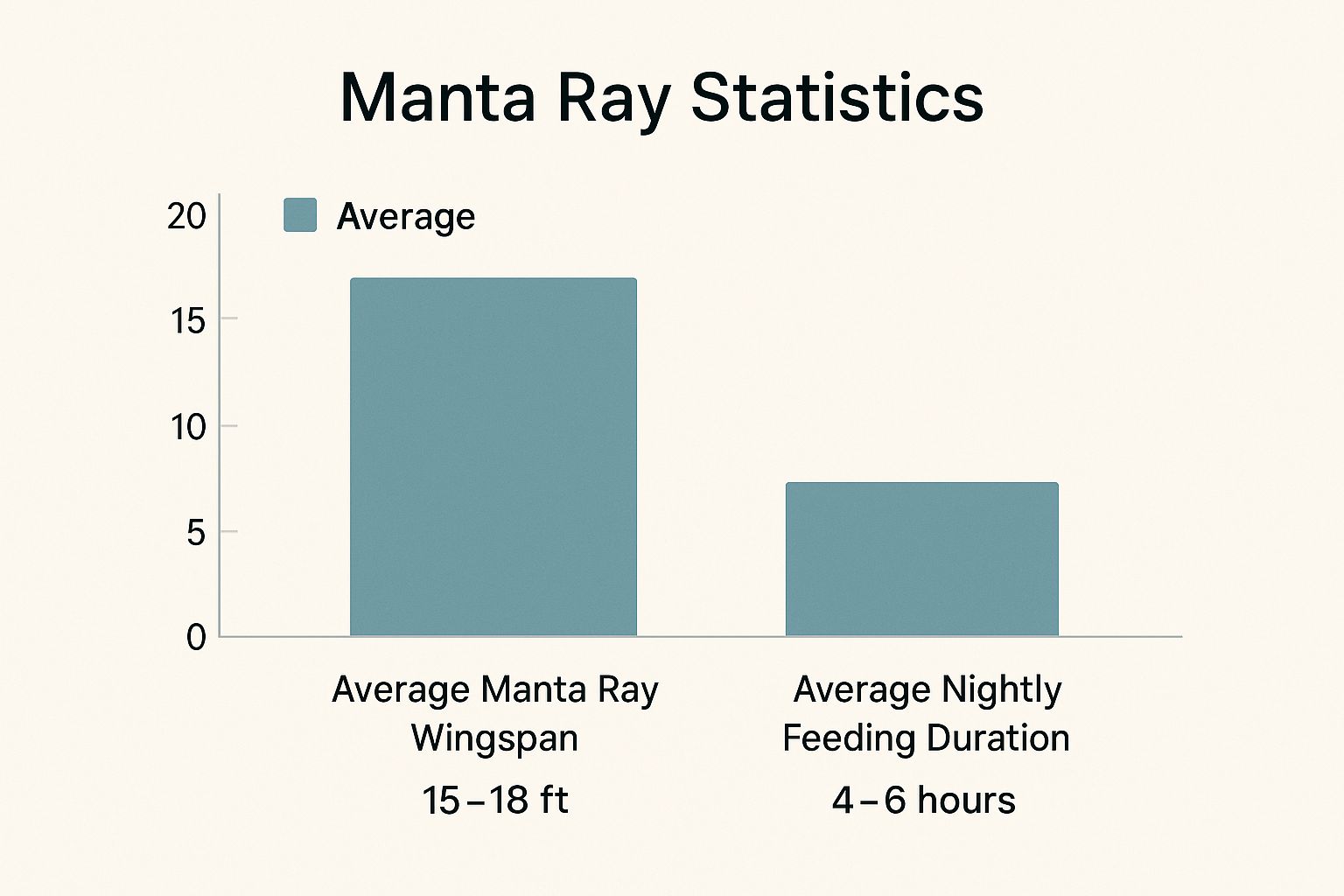
As you can see, the mantas feed all evening, so both the early and later tours offer fantastic chances for an amazing show.
Amenities And Operator Reputation
Finally, don't forget to look at the little things that make a big difference, like the amenities and the company's reputation. A good operator is always focused on safety and the well-being of the manta rays.
Included Gear: Do they provide high-quality wetsuits, snorkel masks, and fins? A good wetsuit is a must, as the water can get surprisingly chilly at night, even in Hawaii.
Safety Standards: Look for companies that have lifeguard-certified guides and a solid safety plan. A thorough pre-snorkel briefing is the sign of a professional crew that knows what they're doing.
Eco-Consciousness: This is huge. Make sure your tour provider follows the recognized guidelines for responsible manta interaction. This includes a strict "no-touching" policy to protect the mantas' delicate, mucus-coated skin.
Reading recent reviews from other snorkelers is one of the best ways to get a real feel for the experience—from how friendly the crew is to the quality of the gear. Making a smart choice here means you'll not only have an incredible time but also support the kind of sustainable tourism that will protect these magnificent creatures for years to come.
Preparing for Your Night Snorkel Adventure
A huge part of the fun is the anticipation that builds before your big island manta ray night snorkel. Knowing exactly what will happen from the moment you step foot at the harbor to when you slide into the dark ocean water helps calm any jitters and gets you pumped for the incredible show ahead.
This guide will walk you through the whole process, step-by-step. By the end, you'll feel completely ready for a truly magical night.
Your adventure kicks off right at the harbor. This is where you'll check in with your tour operator, like us here at Manta Ray Night Snorkel Hawaii. Our crew will be there to greet you, check your booking, and get you fitted with all the essential gear.
That means a wetsuit to keep you nice and warm in the cool night water, plus a top-quality snorkel mask and a set of fins.
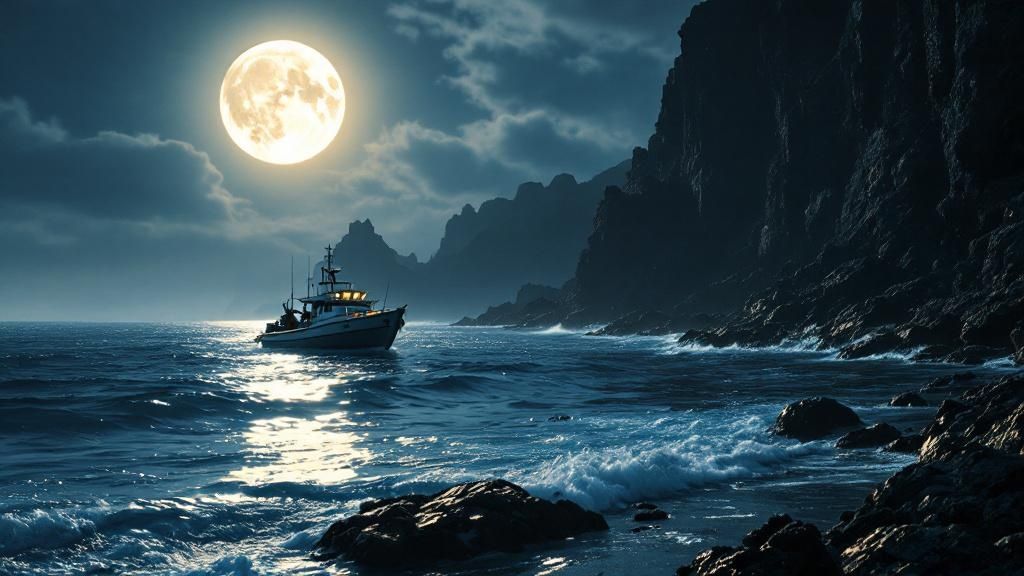
From the Harbor to the Manta Site
Once everyone has their gear on, you'll hop on the boat for a quick ride up the coast to one of Kona's famous manta ray spots. While you cruise, the guides will give a full safety briefing. They’ll cover everything from how to properly use your snorkel gear to the do's and don'ts of being around the mantas.
Pay close attention here. This briefing is what ensures the whole experience is safe and respectful for everyone involved—both the snorkelers and our beloved mantas. The crew will also share some amazing facts about the local manta population, their feeding habits, and why they're so important in Hawaiian culture. It adds a whole new layer to what you're about to see.
Entering the Water and the Light Board
When we arrive at the manta site, the crew sets up a specially designed floating light board. This board is the heart of the entire experience. It has powerful lights that shine straight down into the dark water, which attracts tons of microscopic plankton—the manta rays' absolute favorite meal.
Think of the light board as an underwater campfire. You and the other guests will simply hold onto the board, floating effortlessly on the surface. This gives you a perfect, front-row seat to look straight down at the manta ballet happening just below.
The crew will help you get into the water one by one, making sure you feel secure and comfortable. Because you're holding onto the stable raft, there’s no swimming required. You just float and watch the magic happen.
What to Expect in the Water
As the plankton clouds gather in the light, the show begins. The manta rays glide up from the deep, their huge wingspans sometimes reaching over 12 feet across. They perform these incredible underwater acrobatics, swooping and barrel-rolling through the water to gulp down the plankton.
It’s a deeply peaceful and totally awe-inspiring sight. All you'll hear is the gentle sound of the water as these giants swim, sometimes just inches away from you. It's a completely safe and non-intrusive way to see them in their natural feeding habitat, forging a powerful connection with these gentle giants. For an even more detailed breakdown, check out this complete guide to the Big Island manta snorkel.
Packing Checklist for Your Adventure
To have the best time, it pays to come prepared. We provide all the main gear, but bringing a few personal items will make your trip that much more comfortable.
What Your Tour Operator Provides:
Wetsuits: A must for staying warm in the ocean after the sun goes down.
Snorkel Gear: We provide professionally maintained masks, snorkels, and fins.
Flotation Devices: You'll have the main light raft and we can provide personal flotation aids if needed.
What You Should Bring:
Towel: You’ll definitely want one for drying off when you get out.
Dry Clothes or a Jacket: It can get chilly on the boat ride back, so having something warm to put on is a game-changer.
Reusable Water Bottle: It's always a good idea to stay hydrated.
Waterproof Camera or GoPro: Perfect for capturing the magic! Just make sure to follow the crew's safety rules.
Reef-Safe Sunscreen: If you're on a sunset tour, be sure to apply it well before you get to the harbor.
When you know exactly what to expect, you can stop worrying and just focus on the pure wonder of the experience. Get ready for an unforgettable night with Kona's majestic manta rays.
Safety and Responsible Manta Tourism
When you head out for a Big Island manta ray night snorkel, the number one priority for any good tour operator is making sure the experience is safe for you and respectful to the mantas. Before you even get in the water, the crew will walk you through a detailed safety briefing, covering everything you need to know to protect yourself and these incredible animals.
The most important thing to remember is that you're there to be a passive observer. Your job is simple: hold onto the floating light board and stay with the group. This isn't just for your safety; it's the key to a great encounter. Floating passively prevents accidental kicks and lets the mantas feed naturally, without being disturbed.
The single most critical rule you will learn is to never, ever touch a manta ray. These majestic creatures are covered in a delicate mucus coating that acts as their primary defense against harmful bacteria and infections. Touching them, even lightly, can strip away this protective layer, leaving them vulnerable to disease.
By choosing a responsible tour operator like Manta Ray Night Snorkel Hawaii, you’re putting your trust in a team that lives by these rules. We work hard to make sure every single guest understands why these guidelines matter, creating a truly ethical and unforgettable wildlife encounter. You can see our commitment to safety and guest experience in our reviews.
Understanding Manta Ray Conservation
Following the rules is one thing, but understanding why they exist makes the experience so much more meaningful. The manta rays you’ll see off the Kona coast are part of a very special and fragile population. In fact, a 2023 NOAA genetic study revealed that the Big Island is home to a genetically distinct group of reef mantas, with only about 104 adult breeding individuals on the island.
These mantas don’t really travel between the Hawaiian islands, which means our local population is unique and totally irreplaceable. Their isolation makes them incredibly vulnerable. Losing even one adult could seriously impact the genetic diversity and future of the species right here in Hawaii. When you join a responsible tour, you're directly supporting the conservation work that helps protect them.
Your Role as a Responsible Snorkeler
Being a responsible visitor is all about making conscious choices. Here’s how you can play a part in protecting these gentle giants:
Choose Certified Operators: Always book with tour companies that are committed to manta-safe tourism. They don't just follow the rules; they actively teach their guests and enforce strict guidelines for every interaction.
Listen to Your Guides: Pay close attention during the safety briefing. Your guides are the experts. They know manta behavior inside and out and will give you the best advice for a safe and respectful swim.
Be a Passive Observer: Remember your job—just float and watch. Avoid splashing, making sudden moves, or trying to dive down toward the mantas. These actions can scare them off and disrupt their natural feeding.
When you embrace these principles, you become more than just a tourist; you become a guardian of this incredible experience. For an even deeper dive into these practices, check out our ultimate guide to manta ray snorkel tips.
Your thoughtful participation helps ensure this magical encounter remains sustainable, protecting the magnificent creatures you’ve traveled so far to see for generations to come.
Common Questions About the Manta Ray Night Snorkel
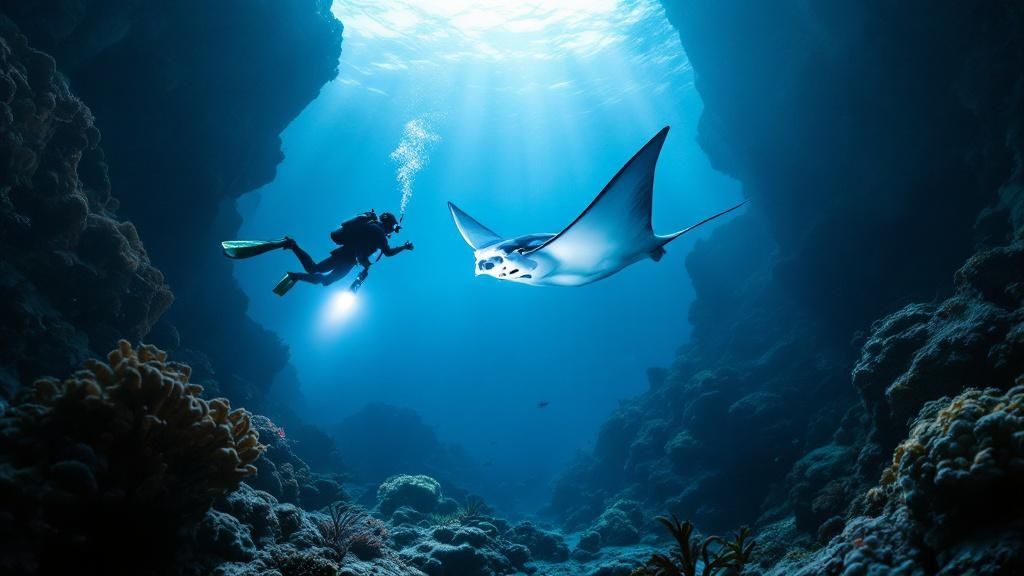
Getting these practical details sorted out means you can just relax and soak in the magic. When you go with a trusted guide like Manta Ray Night Snorkel Hawaii, you know you're in good hands.
Is This Tour Safe for Non-Swimmers or Children?
Absolutely. This tour is specifically designed to be accessible to almost everyone. You don't need to be a great swimmer, because you'll be holding onto a big, stable light board the whole time. It lets you float effortlessly on the surface without any swimming needed.
That said, everyone joining should be comfortable with the idea of being in the ocean after dark. Most companies have a minimum age, so it's always smart to check with your chosen operator to make sure it's the right fit for your family.
What Is the Best Time of Year for This Snorkel?
Here's one of the best parts about the Kona manta ray snorkel: it’s fantastic any time of year. The local manta ray population doesn't migrate, which means sightings are consistent no matter when you visit. The success rate is incredible, usually hovering around 90%.
The summer months bring slightly warmer water, but winter tours are just as amazing. All good operators provide warm wetsuits to keep you comfortable. Honestly, the best time to go is whenever your trip brings you to the Big Island.
The real difference isn't about the season, but the time of night. Sunset tours offer spectacular views as the sky lights up, while the later "starlight" tours feel more serene under a dark Hawaiian sky.
What Happens If I Get Seasick or the Tour Is Canceled?
The boat ride out to the manta site is usually pretty short. But if you know you’re prone to motion sickness, taking some non-drowsy medicine beforehand is a really good idea. For every crew, safety is the number one priority.
If a trip has to be canceled because of bad weather or rough seas, any reputable company will give you a choice: a full refund or a spot on another night's tour. Just be sure to read the specific cancellation policy when you book.
What Is the Difference Between the Night Snorkel and Dive?
The main difference is your point of view. It really comes down to where you want to be for the show.
Snorkelers float on the surface, looking down. The mantas swim right up to feed on the plankton attracted to the light boards, often leading to breathtaking, face-to-face moments.
Certified Divers are on the ocean floor, usually about 30-40 feet deep, looking up as the mantas swoop and glide above them.
The snorkel is much more accessible for most people, requires no special certification, and gives you a front-row seat to an incredible "underwater ballet" from above.
Ready to witness this natural wonder for yourself? At Manta Ray Night Snorkel Hawaii, we're dedicated to providing a safe, respectful, and unforgettable adventure. Learn more about our tours and book your spot on our homepage.
Comments